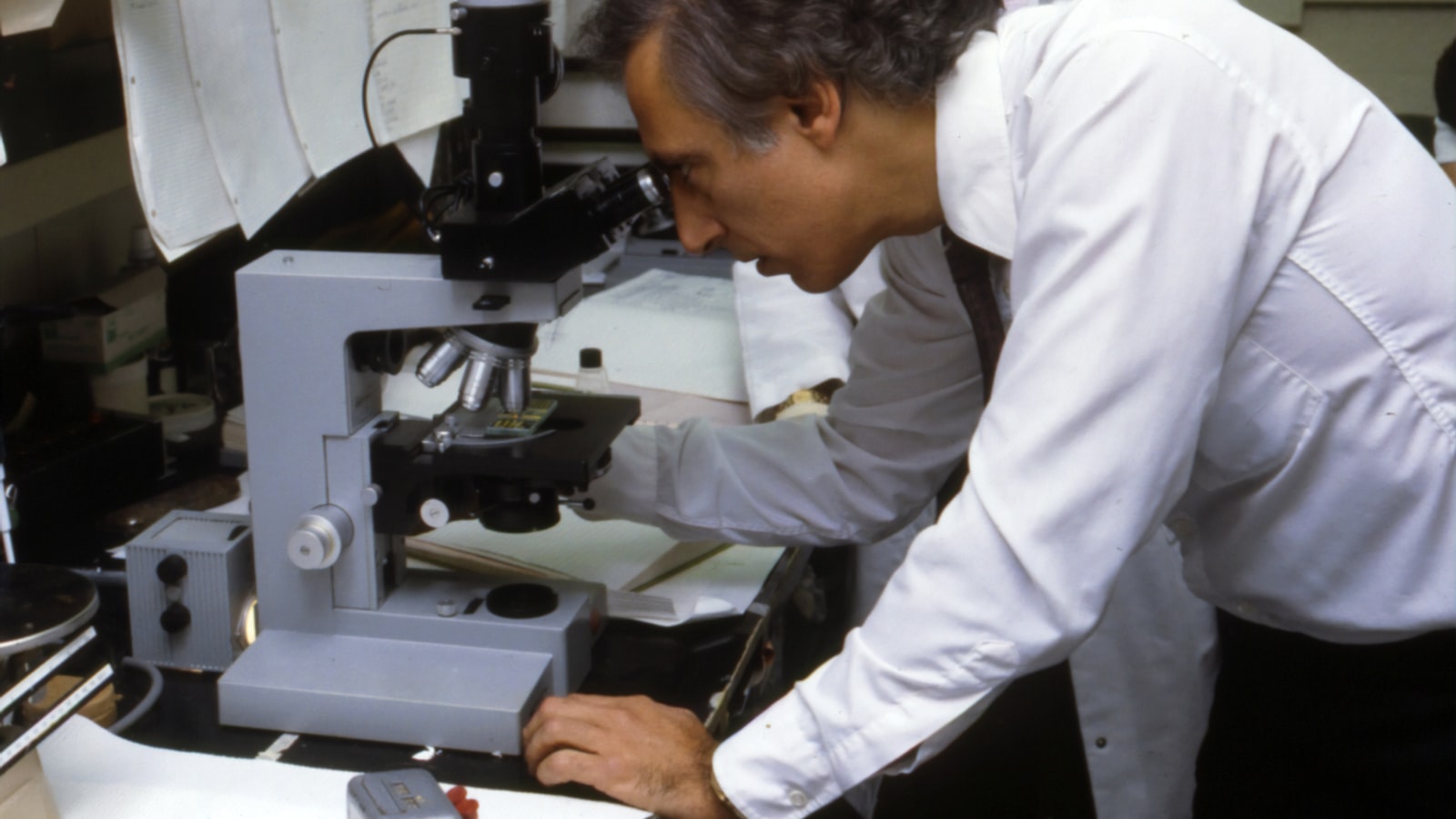The mysterious death of the victims of the volcanic eruption of Mount Vesuvius in Pompeii almost two millennia ago has been an ongoing motif for archaeological research. Stuck in time, the town of Pompeii was rediscovered in the 18th century, with the victims’ preserved, frozen lives still present. Now, over 200 years later, this mystery may be solved. Ancient bones collected from the site have demonstrated that the victims of the volcanic disaster suffocated to death.
To better understand the facts, researchers utilized X-ray analysis of bones retrieved from Pompeii and Herculaneum. The analysis showed that the bones were full of high concentrations of carbon and other molecules originating from plant materials like wood, bark, and leaves. This points to the fact that these plant materials were burned and released into the air when the volcano erupted. Therefore, the victims were exposed to high levels of smoke and ash, which caused asphyxiation.
In addition to this molecular evidence, X-ray analysis revealed damage to the victims’ respiratory tracts. Close examination of the bones showed substantial damage to the respiratory organs, depicted as extensive scar tissue and lesions. This clearly has indicated that the victims breathed in poisonous gases during the eruption.
Based on the X-ray analysis, researchers were able to definitively say that the victims of the volcanic eruption in Pompeii died from suffocating. The combination of high concentrations of molecules from plant material and the extensive damage to the respiratory organs speak to this fact. This is providing insight into the human casualties of the eruption, and helps to further explain the disaster that befell the city.
Though this discovery helps to explain the cause of the victims’ death, researchers are still attempting to provide more answers. Already, further excavation on the sites is revealing more remarkably preserved objects, and investigation into these objects may further evolve the understanding of the destruction of Pompeii. In the meantime, these findings enable us to gain further insight into the catastrophic event that unfolded thousands of years ago.

